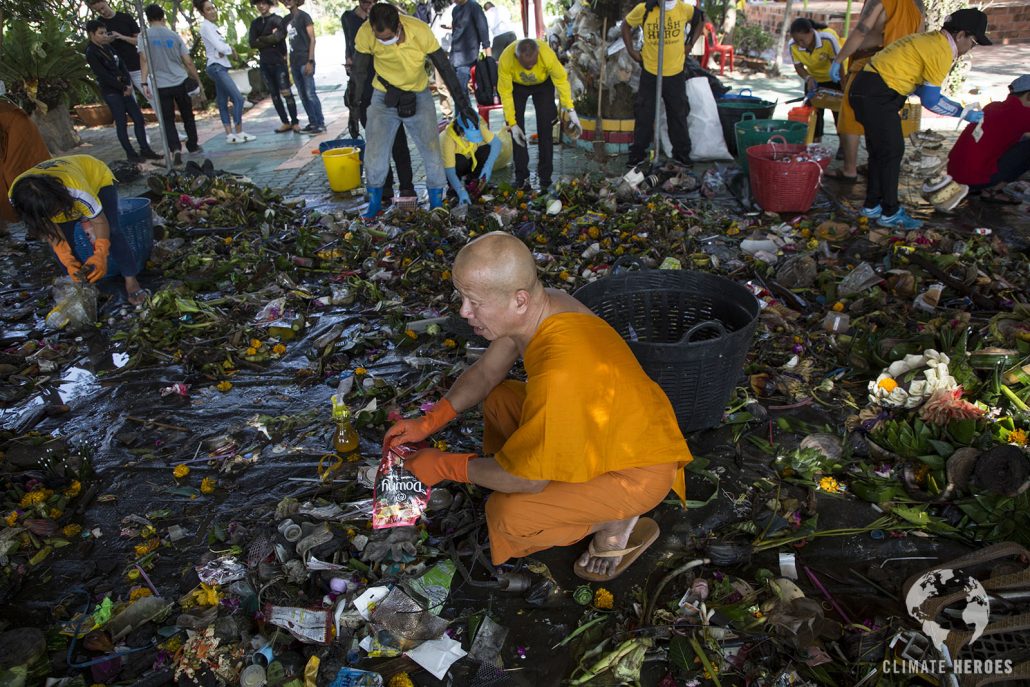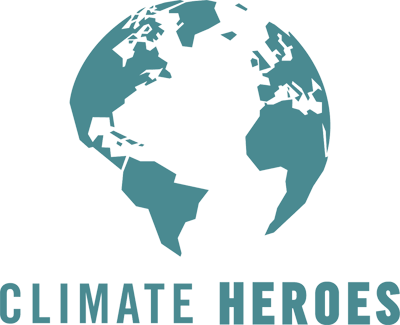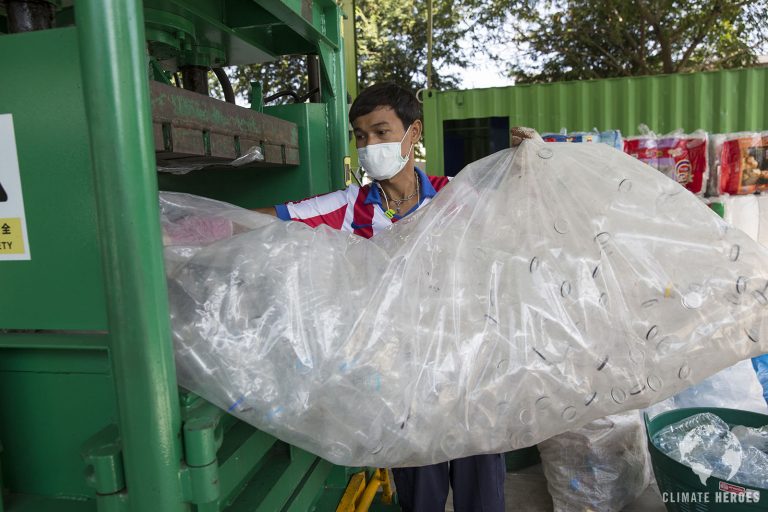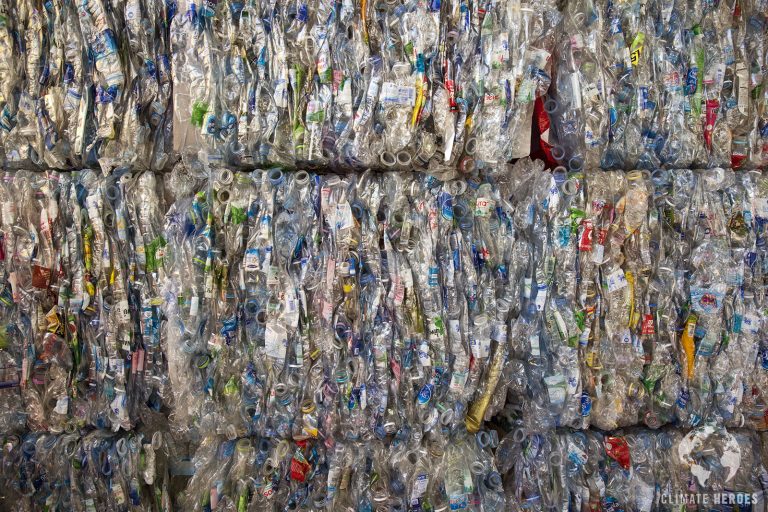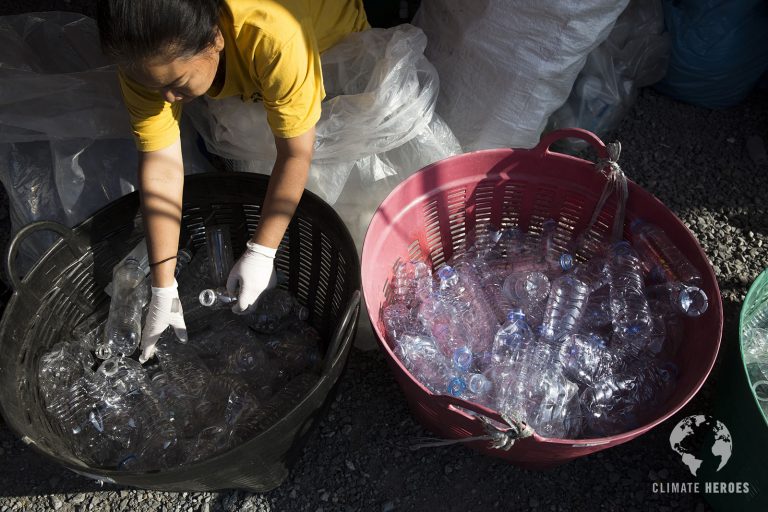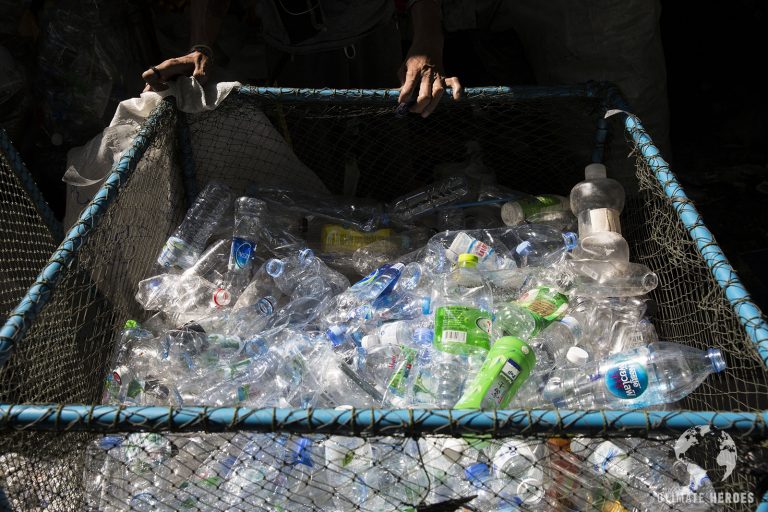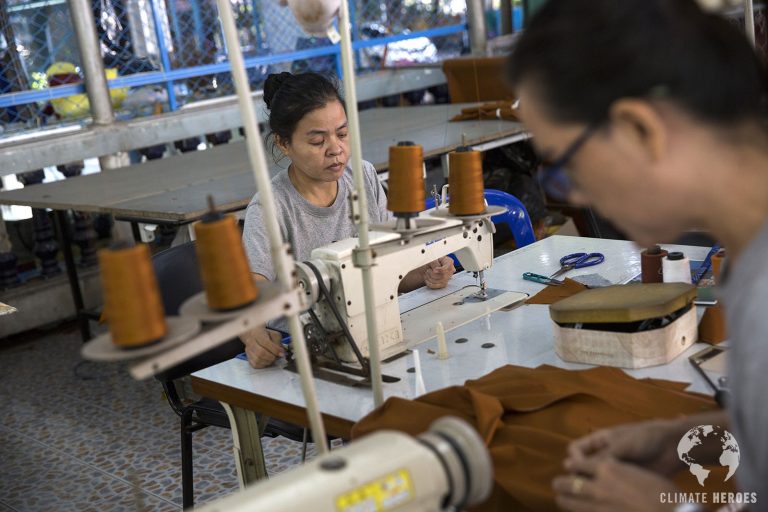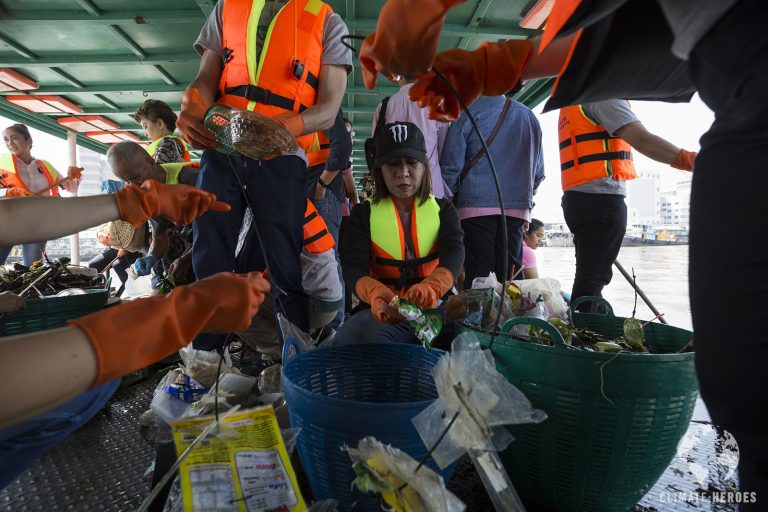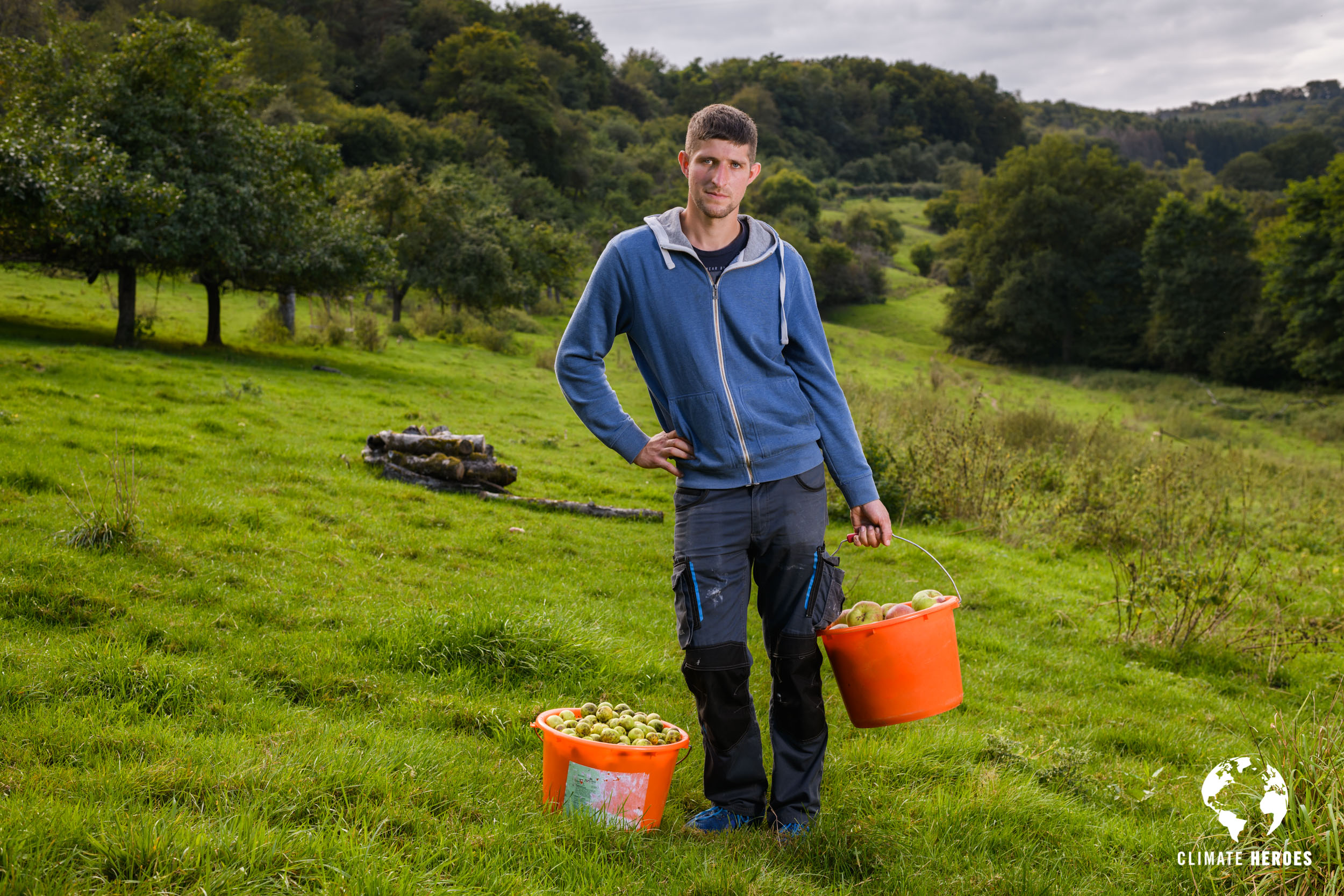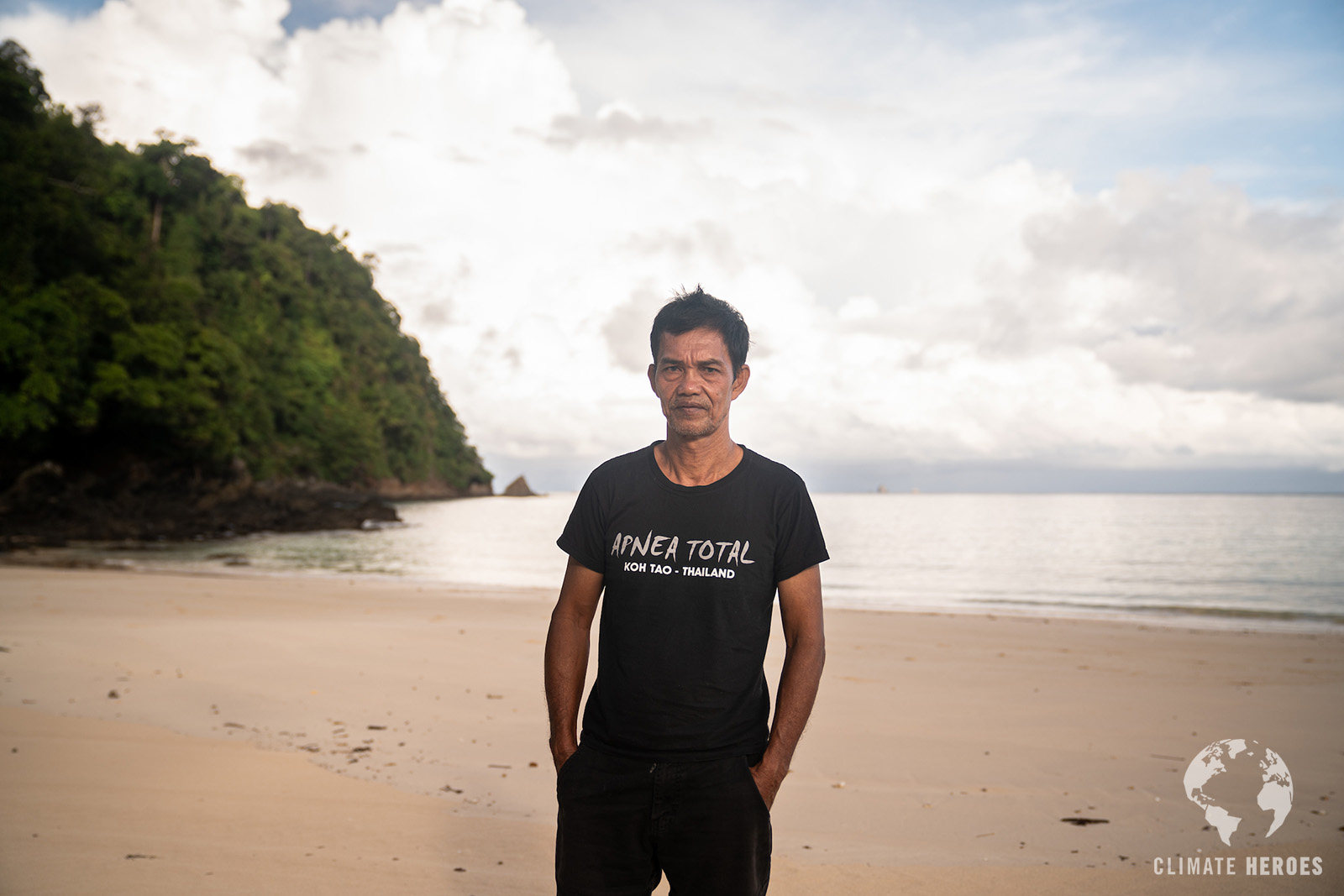Phra Mahapranom Dhammalangaro: From Waste to Robes
As the acting abbot of Chak Daeng Temple just south of Bangkok, he’s made it his mission to turn the city’s plastic waste into robes for Buddhist monks. He now helps to process 10 tonnes of plastic waste every month. But like all big projects, his started off as a small idea – one that has a 2,600-year history.
“Since PET plastic can be made into fabric, I came up with the idea of making it into monastic robes,” says Phra Mahapranom Dhammalangkaro. He speaks at Chak Daeng Temple, located just south of Bangkok, where he works as the acting abbot. The sun hangs low in the sky, and the afternoon rays glance off the monk’s amber robes, a colour that represents Amitābha, the Buddha of eternal light.
Transforming plastic into fabric may be a contemporary solution to the problems of the present day, but the idea of making monastic robes out of rubbish was first conceived 2,600 years ago by the Buddha, who encouraged ordained monks to fashion their robes out of cloth from scrap heaps and graveyards.
According to the Tripitaka (Buddhist scriptures), the material was boiled in water along with astringent bark to kill the germs and then dyed with fruit. “The Buddha did it this way,” Dhammalangkaro says. “But when it comes to plastics, why do people throw them away?”
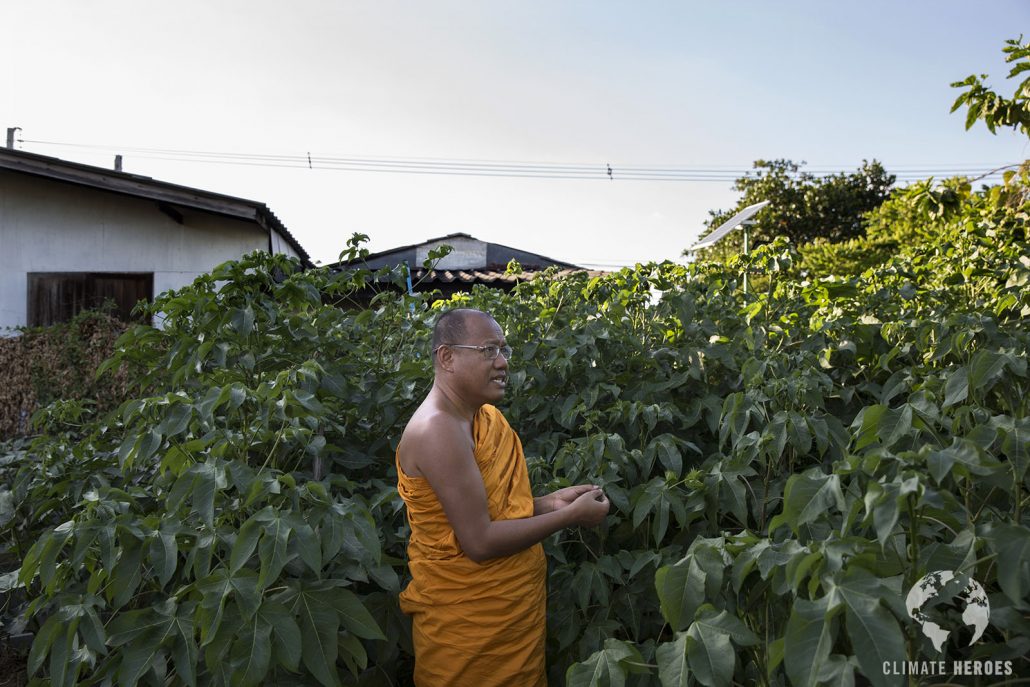
In 2005, Phra Mahapranom Dhammalangkaro moved to Bangkok to teach Buddhism and manage Chak Daeng’s temple grounds. “It was full of garbage at the time,” he remembers. Plastic was dealt with in one of two ways: by burning it or throwing it away.
“Back then, people thought that when they threw garbage in the river, then it’s done,” Dhammalangkaro says. “But fish died, turtles died and dugongs died.” The other method was to burn them, but this created a lot of pollution. “We didn’t know what to do with them,” he says. “[Then] I learned that PET plastic can be made into fabric.”
“When we first started doing it, nobody believed it. There were people who did not know this could be possible.” Dhammalangkaro says. “That’s why we need to give them knowledge. When they have knowledge, they will know that it is easy to deal with plastic.”
Soon after their discovery, the monks announced that whoever wants to throw away plastic bottles could donate them to the temple. And so, began Chak Daeng’s transformation from temple into recycling plant.
Temple workers would assemble the bottles and compress them into bales, before shipping them off to a factory to have them crushed and made into fibres. They would then be sent to a separate factory, where these fibres would then be made into fabric. Back at Chak Daeng, the fabrics would be transformed into monastic robes by the workers manning the sewing station.
There are around 30 villagers working at the temple. Together they transform around 10 tonnes of plastic each month. Of course, one monk can only wear so many robes. So, the temple has had to learn other recycling methods: they transform foams into glue to make shoes; others mix foams with cement to produce plant pots and worm bricks; and another station makes buoys to collect garbage from the rivers.
When the robes are worn out, that’s not the end of the story; there’s a whole recycling process ahead. “What do we do with the old monastic robes? We make it a bedsheet. What do we do with the old bedsheet? We used it to clean the table and chairs. What do we do with old cleaning clothes? We mix with clay to plaster the monks’ living quarters,” says Dhammalangkaro.
“Thailand is the sixth largest source of plastic pollution in the world,” Dhammalangkaro notes. And much of it ends up in the surrounding seas. The Thai government has asked fishermen to help, which sparked an idea.
“If we collect garbage by hand, we only get a little. But now we come up with the idea that they can be collected with fishing nets.” Every year in December, the temple hosts a Big Cleaning Day, an event where people help to pick up trash from the Chao Phraya River. “It’s impossible to work alone,” Dhammalangkaro says. “There needs to be unity. Everybody needs to join hands.”
For Phra Mahapranom Dhammalangkaro, recycling is not too different from mindfulness meditation. Buddhists have long mastered the art of transforming “brain waste” into something positive. “Get rid of the anger by using forbearance and mercy. Take the jealousy out by using sympathetic joy and sublime states of mind,” he says. “Recycle our brains so that our brains have power.”
“We need to clean material waste out, as well as cleaning the waste in the brain,” says Dhammalangkaro. “And then, we will find true happiness.”
